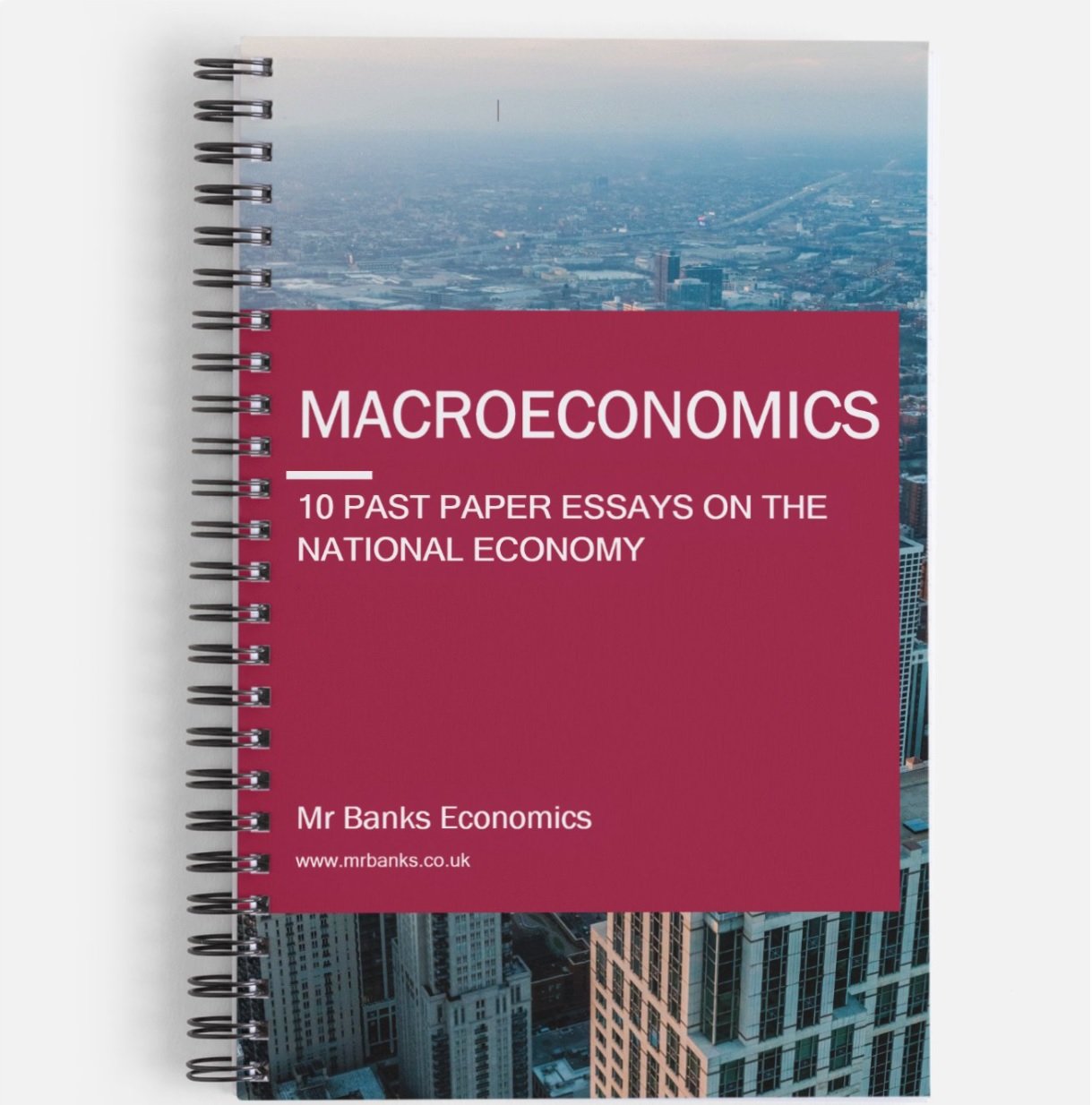Measuring the Balance of Payments
A-level Economics
What it is. The Current Account. Deficit and Surplus.
Definition: “the balance of payments measures the international flows of money between a country and the rest of the world”.
So, the value of all money going in and value of all money going out of a country. [I am stressing the word value a lot here. Think, what is the difference between value and volume?]
The Balance of Payments consists of 3 sub-accounts:
Current Account - in year 1 Economics, this is what you will learn about but you need to be aware that the other accounts exist
Financial Account
Official Reserves
The Current Account
The current account measures the following:
Trade in goods (Visible Trade) - any exports or imports that fall under this category is measured here. So, an example of this would be your Xbox, iPhone or your IKEA furniture.
Trade in services (Invisible Trade) - any imports or exports in this is also measured. So, for example your holidays abroad, insurance policies or transport services.
International Income Flows - Any money classified as income that comes here (inflow) or money that goes out (outflow). So if you earn an income that is paid from abroad, it would be an inflow of money to our income. Incomes could be interest payments from abroad or a salary.
Net Transfers - a transfer of money to or from a foreign government or from a person. So, for example government aid or transfers from one person to a family member in another country.
Why do we measure all of this? Is there an aim?
Well, the aim is to try and create a sustainable current account. If the money going out to foreign countries is larger than the money coming in from foreign countries, this is called a current account deficit. If the money coming in is larger than that money going out in the current account, this is called a current account surplus. A country's current account usually leans to one side or the other. Countries' currents are generally not 'balanced'.
At first glance a surplus may look to be more desirable for you because your country is making more money than it gives out to foreign countries. To a degree, this is true. However, some countries import a large proportion of visible goods from other countries because other countries hold a comparative advantage. For example, China has a worldwide advantage in the mass production of electronic goods. To improve our current account, would it be better for us to stop importing from China and start making this ourselves? Of course not. We wouldn’t be very good at it and us making it would cost too much money because wages are higher here.
The point is that our government’s aim is to try and maintain a sustainable level on our current account, be it a deficit or a surplus. If our current account deficit is getting larger and larger, however, it is a bad sign that our country is getting more and more uncompetitive.
So, what we have learned is:
Definition of the balance of payments
The 3 sub-accounts of the balance of payments. We focus our attention on one, the current account
The current account can be balanced, in a surplus or a deficit. A surplus means we are receiving more money from abroad than we give out. A deficit means we are giving out more money to foreign countries than we get from them
IF YOU WANT GOOD GRADES FAST, BUY THESE BOOKS!
MACROECONOMICS MODEL ANSWER BOOK
10 Past Papers with Model Answers on the National Economy
Written by an experienced Economics tutor
Full model answers with diagrams
Suitable for all UK Economics exam boards
Physical booklet
£20.00
MICROECONOMICS MODEL ANSWER BOOK
10 Past Papers with Model Answers on Market Failure
Written by an experienced Economics tutor
Full model answers with diagrams
Suitable for all UK Economics exam boards
Physical booklet
£20.00


